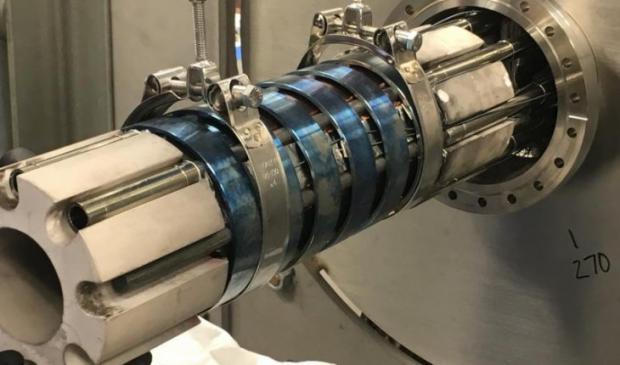
Breaking News
 They've Been Feeding You Poison (And Calling It Food)
They've Been Feeding You Poison (And Calling It Food)
 Tattoo ink may cause prolonged changes to the immune system
Tattoo ink may cause prolonged changes to the immune system
 Travel gadget promises to dry and iron your clothes – totally hands-free
Travel gadget promises to dry and iron your clothes – totally hands-free
 Duckweed: A sustainable, protein-packed food source smeared by Big Ag
Duckweed: A sustainable, protein-packed food source smeared by Big Ag
Top Tech News
 Perfect Aircrete, Kitchen Ingredients.
Perfect Aircrete, Kitchen Ingredients.
 Futuristic pixel-raising display lets you feel what's onscreen
Futuristic pixel-raising display lets you feel what's onscreen
 Cutting-Edge Facility Generates Pure Water and Hydrogen Fuel from Seawater for Mere Pennies
Cutting-Edge Facility Generates Pure Water and Hydrogen Fuel from Seawater for Mere Pennies
 This tiny dev board is packed with features for ambitious makers
This tiny dev board is packed with features for ambitious makers
 Scientists Discover Gel to Regrow Tooth Enamel
Scientists Discover Gel to Regrow Tooth Enamel
 Vitamin C and Dandelion Root Killing Cancer Cells -- as Former CDC Director Calls for COVID-19...
Vitamin C and Dandelion Root Killing Cancer Cells -- as Former CDC Director Calls for COVID-19...
 Galactic Brain: US firm plans space-based data centers, power grid to challenge China
Galactic Brain: US firm plans space-based data centers, power grid to challenge China
 A microbial cleanup for glyphosate just earned a patent. Here's why that matters
A microbial cleanup for glyphosate just earned a patent. Here's why that matters
 Japan Breaks Internet Speed Record with 5 Million Times Faster Data Transfer
Japan Breaks Internet Speed Record with 5 Million Times Faster Data Transfer
Very small modular nuclear fission reactors for military and space applications

The Task Force reviewed several nuclear reactor concepts that differ in size and technology from conventional commercial reactors and the small modular reactor (SMR) concepts currently under development for commercial use. Some of these reactors, very small modular reactors (vSMRs) with an output less than 10 MWe (megawatts-electric), may be transportable and deployable in FOB, ROB, and expeditionary force situations, and could eliminate the need for logistics fuel otherwise dedicated to producing electrical power.
In Iraq and Afghanistan, between 70%7 and 90% of the volume of goods delivered to forward bases and expeditionary forces were accounted for by fuel and (to a lesser extent) water.
Costs of up to $400 per gallon of fuel have been reported in the media for air-dropped fuel, though the FBCE of truck-delivered fuel during combat is more typically reported to be between $10 and $50 per gallon.
The Task Force found two of the concepts more technically mature than the others. The first is LANL's MegaPower Reactor System and the other is Filippone and Associates LLC's "Holos" Gas-cooled Hardened Micro Modular Reactor.

 Advanced Propulsion Resources Part 1 of 2
Advanced Propulsion Resources Part 1 of 2

